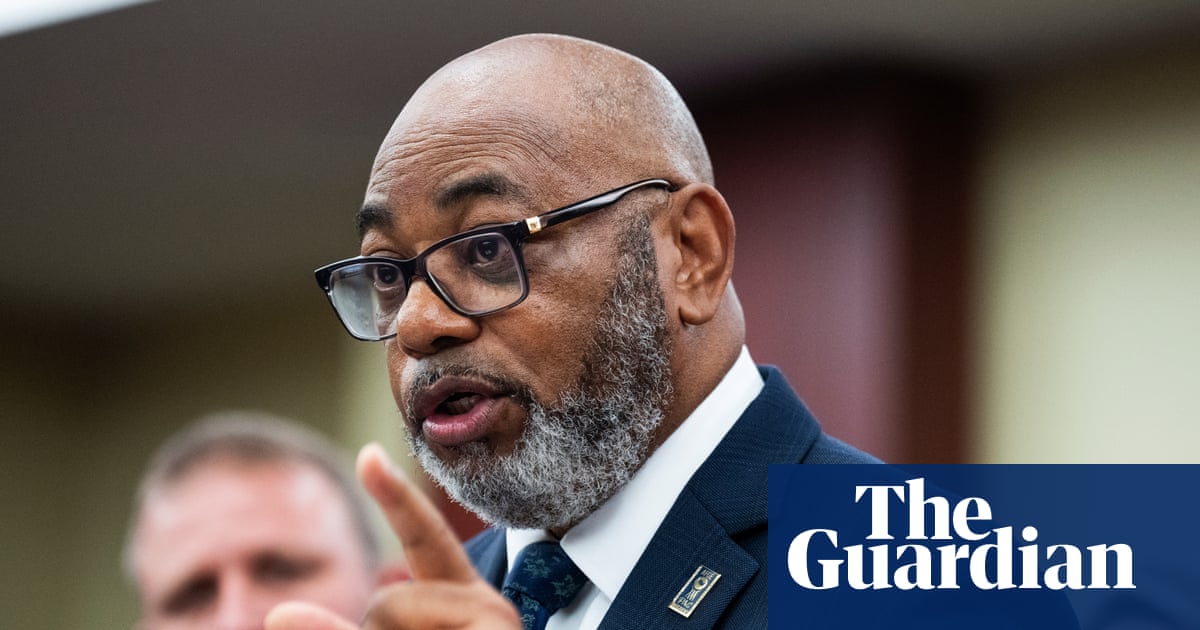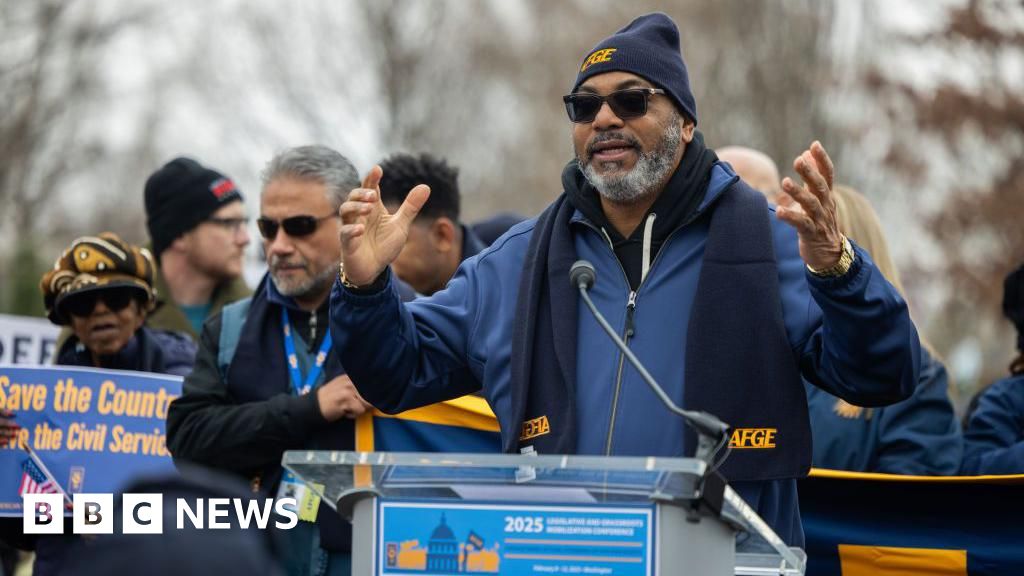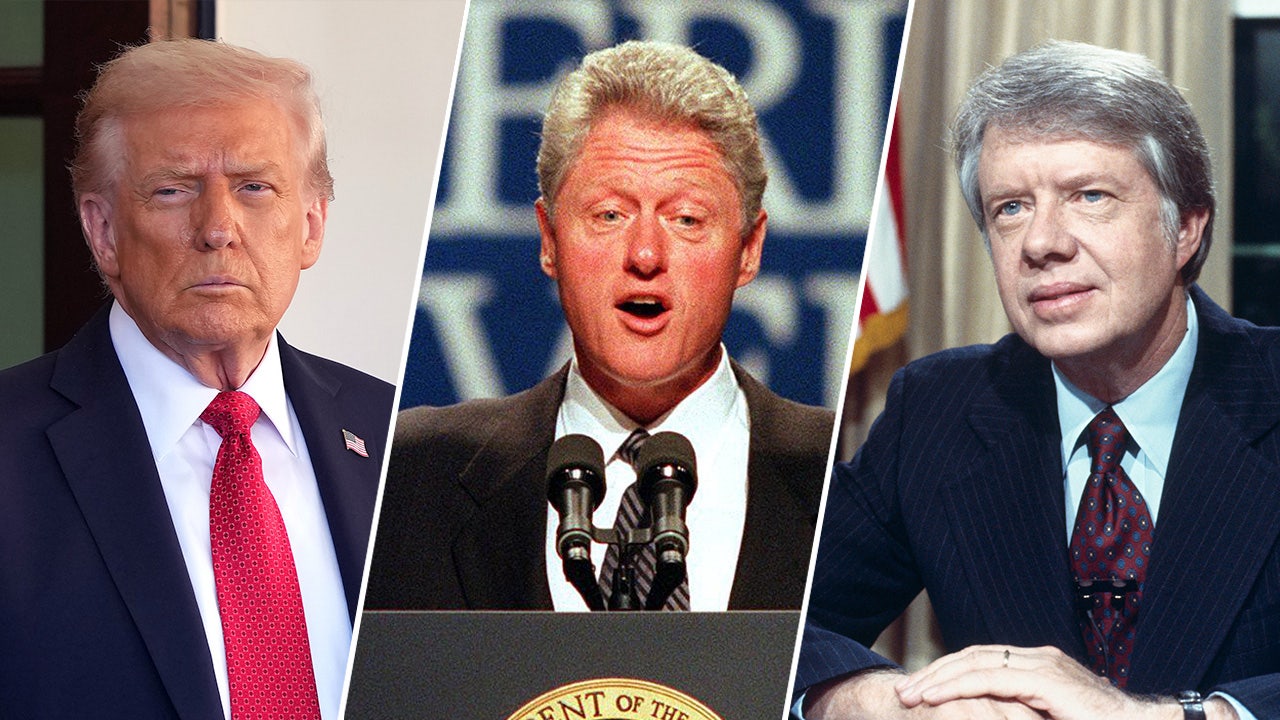Federal Union Urges Democrats to End Shutdown Amidst Prolonged Standoff
The US government shutdown, now 26 days, faces calls from the American Federation of Government Employees for Democrats to reopen it without concessions, highlighting the political stalemate and service impacts.
Subscribe to unlock this story
We really don't like cutting you off, but you've reached your monthly limit. At just $5/month, subscriptions are how we keep this project going. Start your free 7-day trial today!
Get StartedHave an account? Sign in
Overview
- The US government shutdown has reached 26 days, becoming the second-longest in history and the longest full federal shutdown, severely impacting operations and public access to essential services.
- Critical federal services, including health data collection, remain paused due to funding issues, raising concerns for public health responses, especially with the approaching flu season.
- The American Federation of Government Employees (AFGE) is now urging Democrats to end their shutdown strategy and reopen the government without demanding further concessions.
- An AFGE leader stated that Senate Democrats have blocked a Republican-backed continuing resolution 12 times, contributing to the ongoing and prolonged federal government closure.
- Amidst the stalemate, President Trump supports a short-term funding measure, and Republicans are being pressed to pass a temporary spending bill to restore services and end the shutdown.
Report issue

Read both sides in 5 minutes each day
Analysis
Center-leaning sources frame this story by consistently portraying Donald Trump's actions as driven by "grift and greed," "personal pique," and a "demolition of all guardrails." They use highly evaluative language and connect various events—from tariffs to government contracts and election rhetoric—to construct a narrative of brazen self-dealing and disregard for democratic norms, emphasizing negative consequences for the country.
Articles (7)
Center (3)
FAQ
The government shutdown began due to congressional failure to pass appropriations legislation for the 2026 fiscal year, stemming from partisan disagreements over federal spending levels, foreign aid rescissions, and health insurance subsidies.
Approximately 900,000 federal employees were furloughed, and another 2 million worked without pay. Essential services like Medicare and TSA continued, but agencies such as the NIH, CDC, and WIC faced partial or full suspension of operations.
The AFGE has urged Democrats to end the shutdown without demanding further concessions and accused Senate Democrats of blocking a Republican-backed continuing resolution 12 times, contributing to the prolonged closure.
President Trump supports a short-term funding measure to end the shutdown and Republicans are pressed to pass a temporary spending bill to restore services and end the shutdown, while falsely accusing Democrats of seeking free health care for undocumented immigrants.
Critical federal services such as health data collection have been paused due to funding issues, raising concerns about the government's ability to respond effectively to public health threats during the upcoming flu season.
History
- 8d

 3 articles
3 articles





